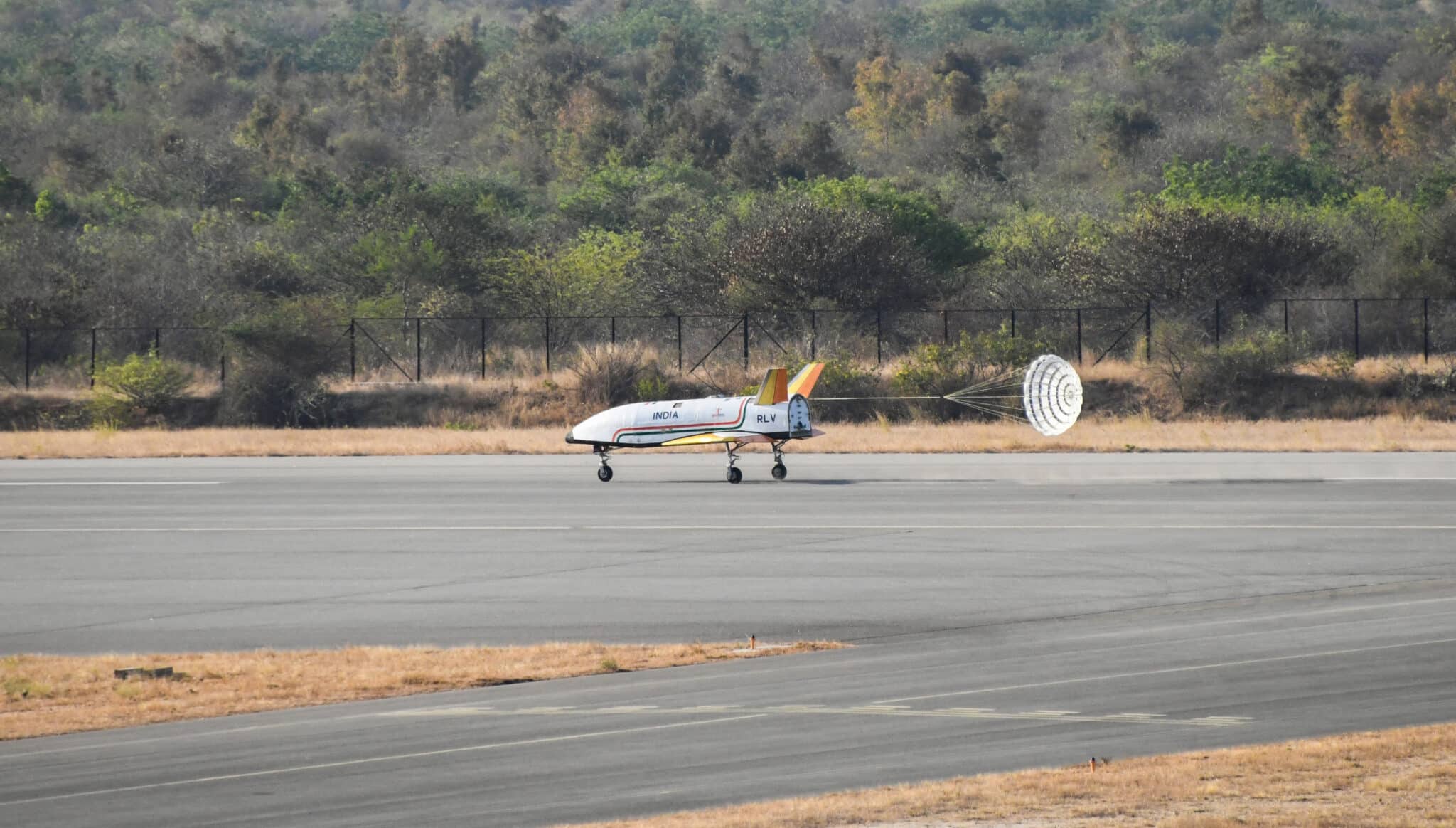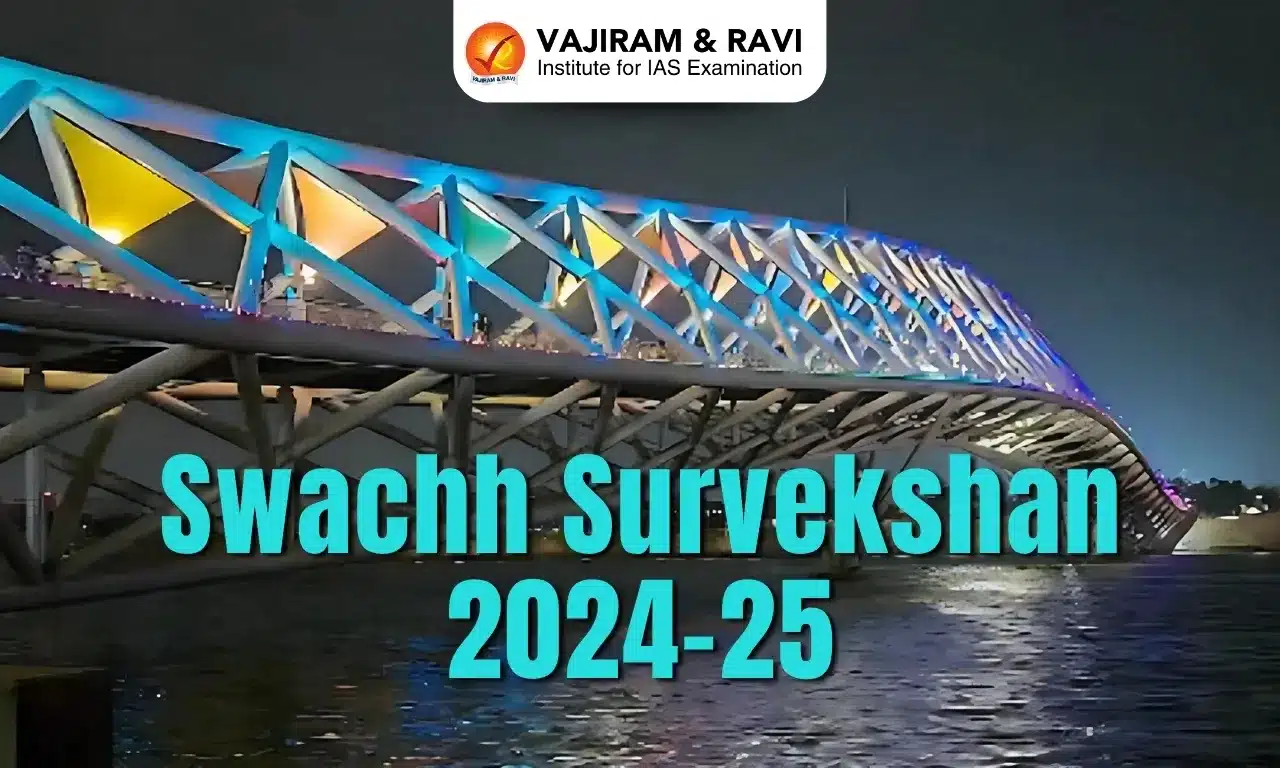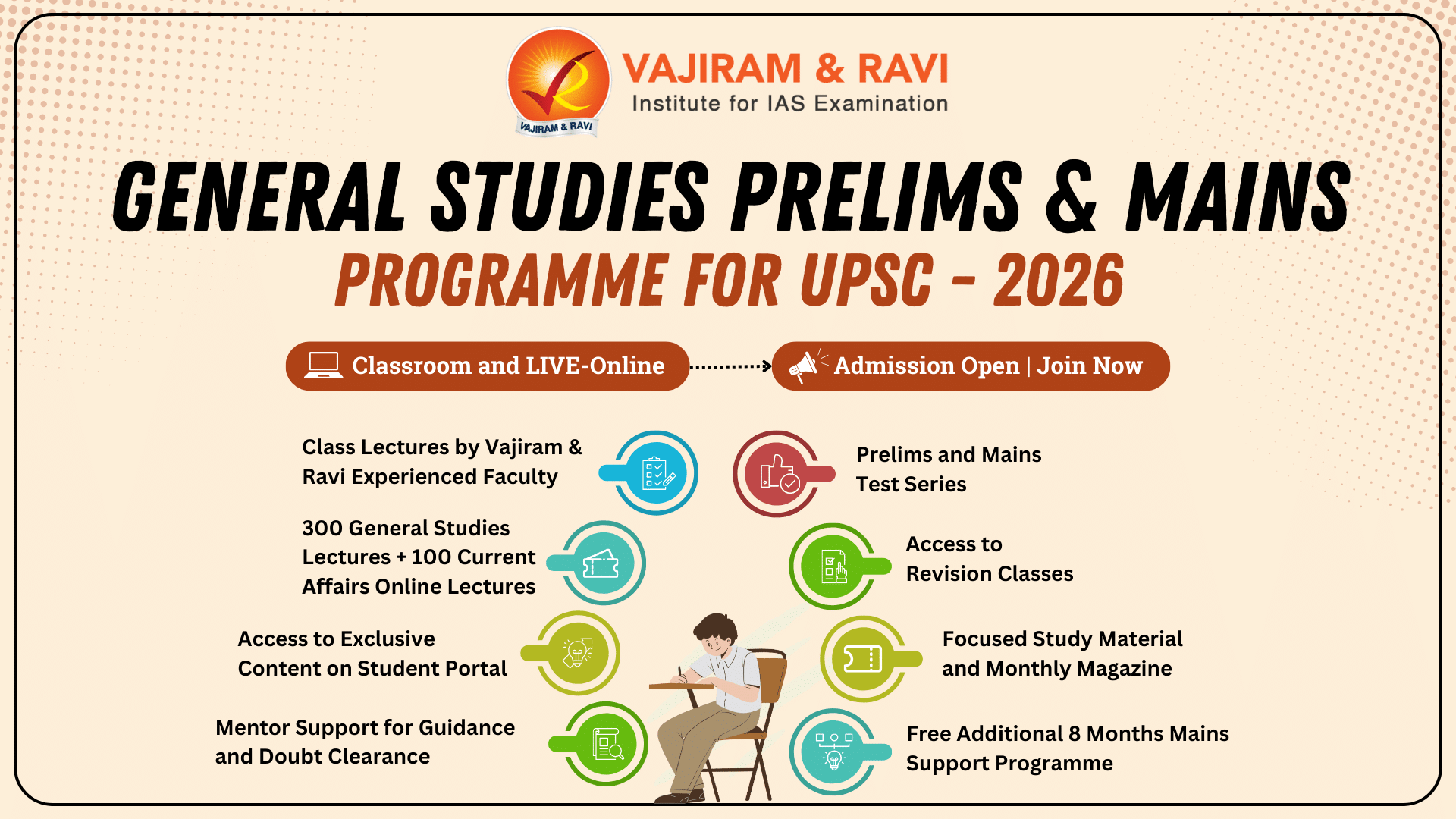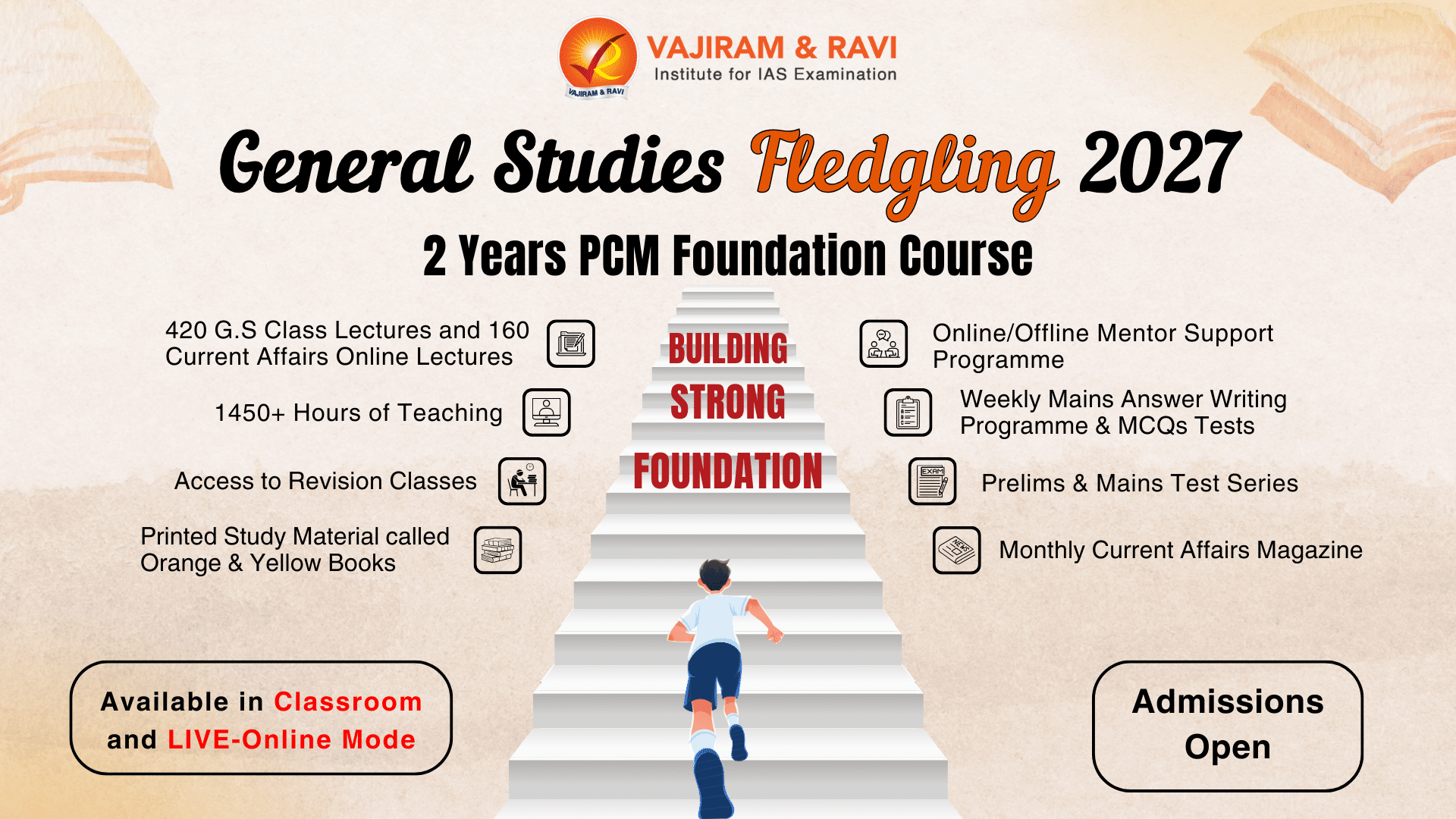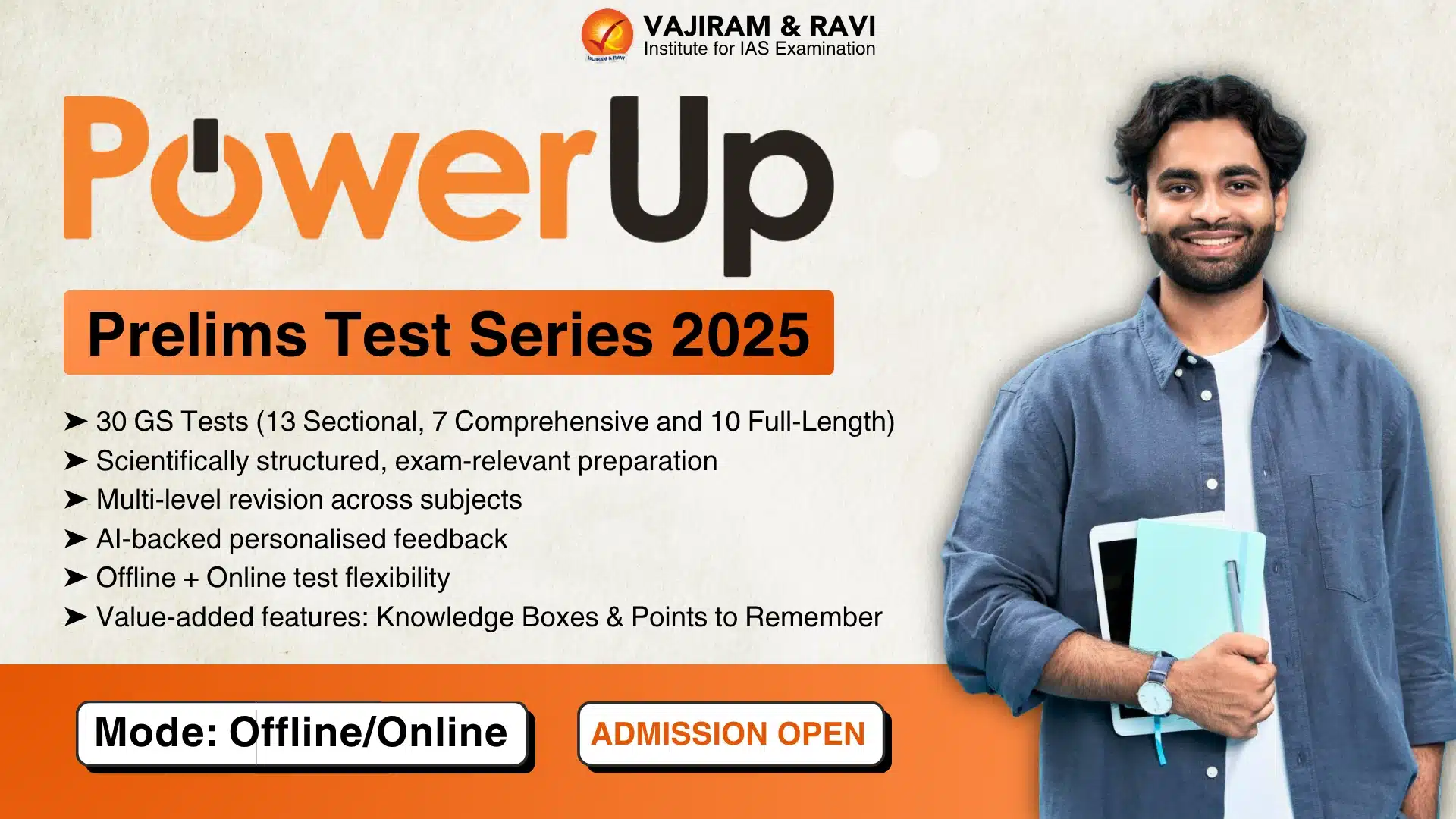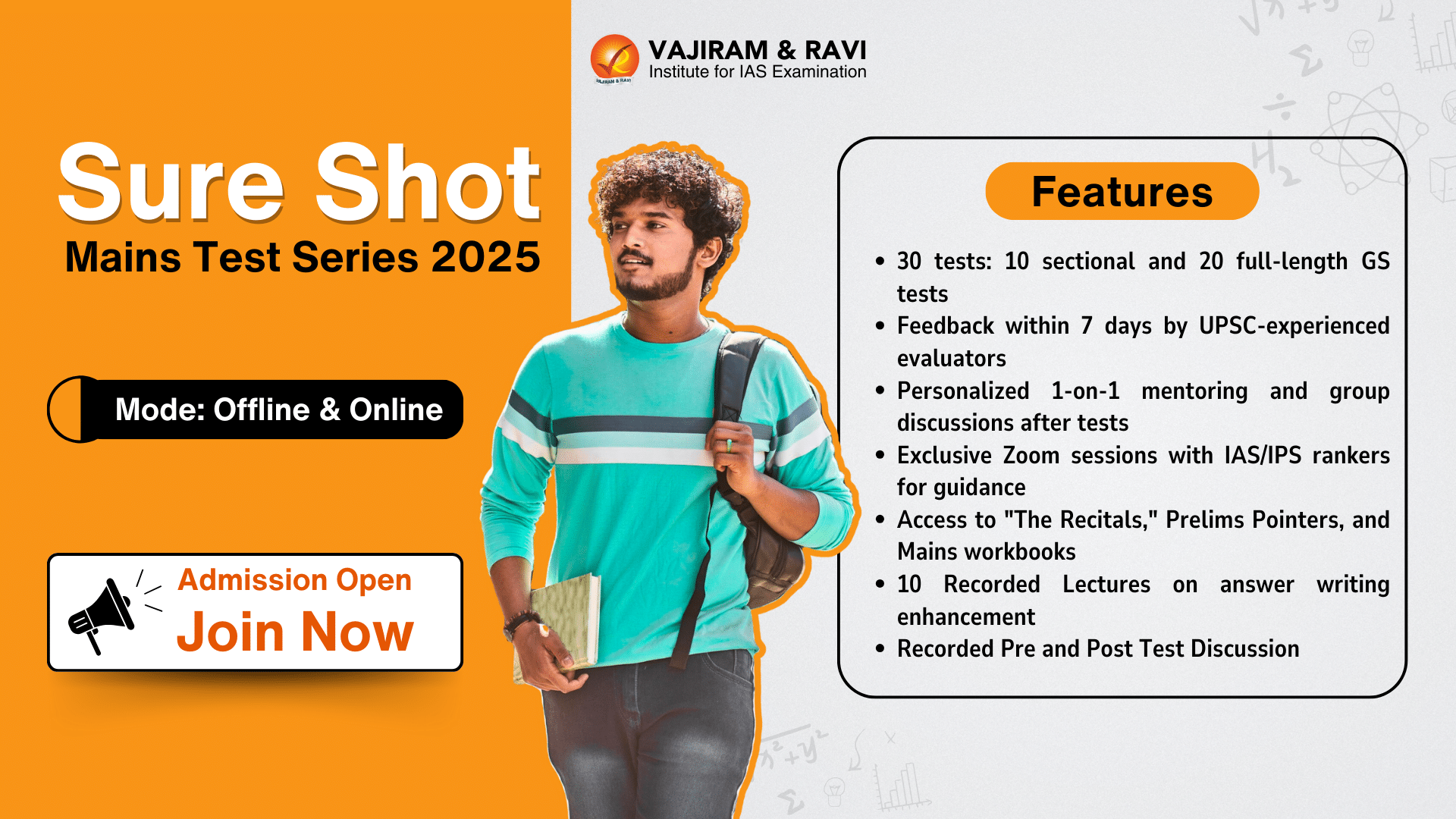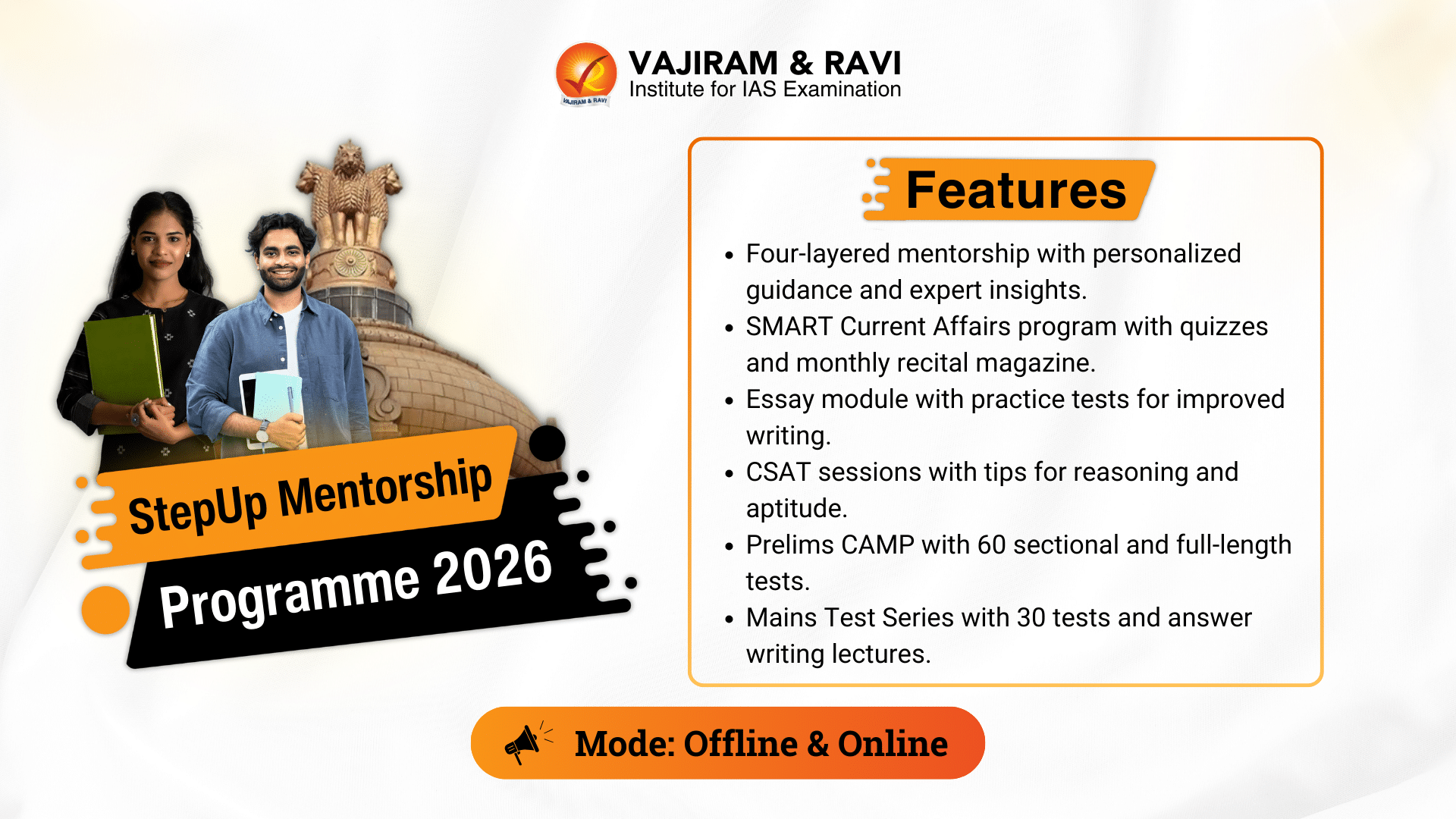What’s in today’s article?
- Why in News?
- What is a RLV?
- What is the RLV LEX?
- What is the History of ISRO’s RLV Missions?
Why in News?
- Recently, the Indian Space Research Organisation (ISRO) successfully conducted an experiment under the Reusable Launch Vehicle Autonomous Landing Mission (RLV LEX).
- It would propel the country forward in its goal to send reusable rockets into space.
What is a RLV?
- The RLV is essentially a space plane with a low lift-to-drag (L/D) ratio, requiring an approach at high glide angles that necessitates a landing at high velocities of 350 kmph.
- In aerodynamics, the L/D ratio is the lift generated by an aerodynamic body such as an aerofoil or aircraft, divided by the aerodynamic drag caused by moving through air.
What is the RLV LEX?
- The test was conducted at the Aeronautical Test Range (ATR), Chitradurga, Karnataka, and with LEX the dream of an Indian RLV arrives one step closer to reality
- In a first in the world, a winged body has been carried to an altitude of 4.5 km by a helicopter and released for carrying out an autonomous landing on a runway.
- The autonomous landing was carried out under the exact conditions of a Space Re-entry vehicle’s landing – high speed, unmanned, precise from the same return path as if the vehicle arrived from space.
What is the History of ISRO’s RLV Missions?
- ISRO had demonstrated the re-entry of its winged vehicle RLV-TD in the HEX (Hypersonic Flight Experiment) mission in 2016.
- The re-entry of a hypersonic sub-orbital vehicle marked a major accomplishment in developing Reusable Launch Vehicles.
- In HEX, the vehicle landed on a hypothetical runway over the Bay of Bengal. Precise landing on a runway was an aspect not included in the HEX mission.
- The LEX mission achieved the final approach phase that coincided with the re-entry return flight path exhibiting an autonomous, high speed (350 kmph) landing.
- The LEX began with an Integrated Navigation test in 2019 and followed multiple Engineering Model Trials and Captive Phase tests in subsequent years.
- More experiments are in the pipeline to ensure that the RLV succeeds in payload delivery to low earth orbit, as ISRO plans to reduce the cost of the process by 80%.
Q1) What are the advantages of Reusable Rocket?
Cost for launching becomes much cheaper as it reduces material cost due to reusability. Some of the reusable rockets use kerosene (of rocket grade type) as fuel which does not generate harmful chlorine as exhaust.
Q2) What are the disadvantages of Reusable Rocket?
Fuel cannot be reused in the rocket as it is released in the atmosphere. Due to cheaper flight costs, more flights are launched at frequent intervals. This leads to more exhaust and more harm to the atmosphere.
Source: ‘India achieved it’: ISRO succeeds in landing Reusable Launch Vehicle | TH | ISRO
Last updated on July, 2025
→ UPSC Notification 2025 was released on 22nd January 2025.
→ UPSC Prelims Result 2025 is out now for the CSE held on 25 May 2025.
→ UPSC Prelims Question Paper 2025 and Unofficial Prelims Answer Key 2025 are available now.
→ UPSC Calendar 2026 is released on 15th May, 2025.
→ The UPSC Vacancy 2025 were released 1129, out of which 979 were for UPSC CSE and remaining 150 are for UPSC IFoS.
→ UPSC Mains 2025 will be conducted on 22nd August 2025.
→ UPSC Prelims 2026 will be conducted on 24th May, 2026 & UPSC Mains 2026 will be conducted on 21st August 2026.
→ The UPSC Selection Process is of 3 stages-Prelims, Mains and Interview.
→ UPSC Result 2024 is released with latest UPSC Marksheet 2024. Check Now!
→ UPSC Toppers List 2024 is released now. Shakti Dubey is UPSC AIR 1 2024 Topper.
→ Also check Best IAS Coaching in Delhi


